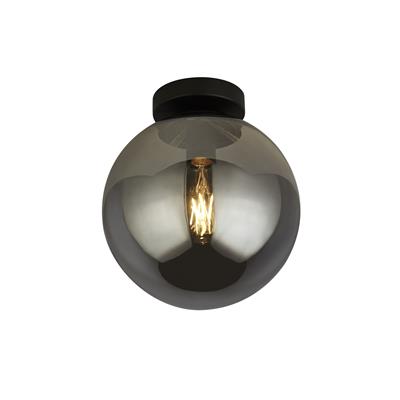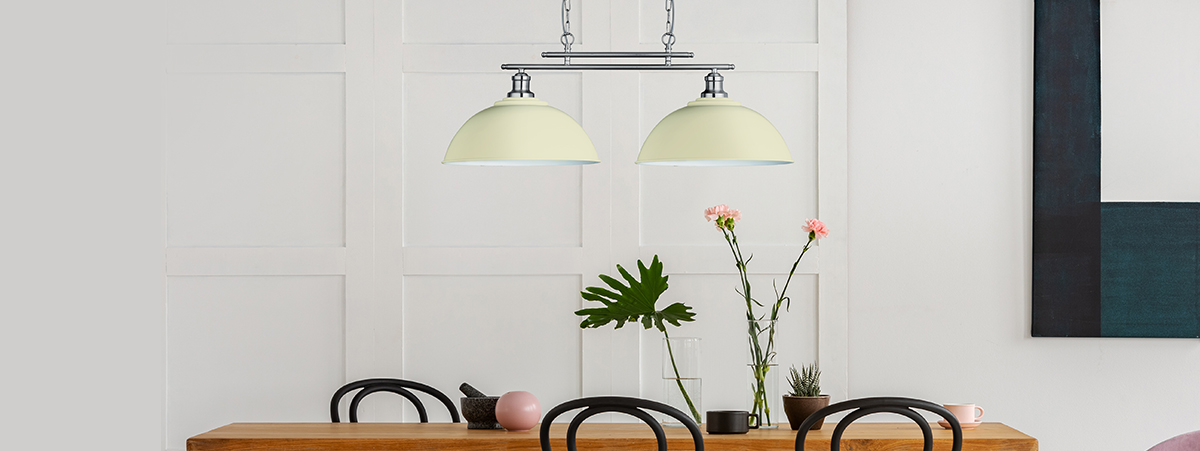Laatste nieuws
- How Lighting Wholesalers Can Help Create The Perfect Ambience For Your Customers?
- Where To Put Decorative Lighting For Maximum Impact
- Creating a Layered Lighting Plan: The Role of Ceiling Lights
- The Long-Lasting Benefits Of LED Exterior Wall Lights
- How To Achieve A Modern Look With Decorative Lighting
Creating a Layered Lighting Plan: The Role of Ceiling Lights
As a retailer, it is important you understand lighting design, so you can guide your customers in choosing the best ceiling lights for them. Layered lighting is an emerging and popular trend in lighting design. In this blog, we will establish how you can advise customers who plan to layer their ceiling lights.
Understanding Layered Lighting
When we refer to ‘layered lighting’ we’re talking about three specific lighting techniques that brighten a room. Each layer works to achieve an overall desired design and build an aesthetically pleasing, functional space.
Our wide range of lighting fixtures and stock all contribute to a different lighting layer. From floor lamps to overhead fixtures, each works to establish a layered structure.
The layers are:
- Ambient lighting
The function of ambient lighting makes for a base layer, which the other layers of light can work on top of.
Good ambient lighting will convey the size and structure of a room, filling the space. The shape of a fixture and the brightness of a bulb are important to consider at this first stage.
Examples of ambient lighting fixtures are:
- Task Lighting
The primary focus or function of a room must be considered when opting for task lighting. For example, an office space's function is to work, and the focal point is likely a desk. Therefore, desk lighting will need to be considered as part of the design.
Examples of task lighting are:
- Accent Lighting
Accent lighting is highly customizable and complements the other elements of a lighting plan. It can also be used to illuminate those hard-to-reach areas that the other layers could not reach.
How accent lighting is used depends on how a room is set up and the belongings in it ie. Artwork and floral arrangements.
Examples of accent lighting are:
What Is The Role Of Ceiling Lights?
Ceiling lights are usually used to establish the base layer of lighting. As their primary function is to fill a room with light, in most cases they provide ambient lighting.
For rooms with low ceilings or not much space, ceiling lights are a solution for brightening and making a room seem larger.
While ceiling lights are not typically deemed as ‘mood lighting’, different design elements can offer a certain ambience.
For example, the Amsterdam Flush light fixture has a smoked glass effect, which when paired with a dimmer switch, can offer a moodier, romantic atmosphere.

All that being said... Ceiling spotlights, like the Split Bar Spotlight, can contribute to accent lighting, by aiming light and encouraging eyeline toward a focal point.
Layered Lighting For Aesthetics
There is not one layer of lighting which is considered more prominent than the rest. However, depending on the room's purpose, one light layer may be more dominant. (Picture an art gallery, accent lighting is the most dominant layer because of the room’s purpose).
Ultimately, the goal in layered lighting is for all the layers to blend cohesively. The final design should not segment the space (remember, layered). So, when starting with a ceiling light as an ambient layer, it is important to then base target and accent layers on this. Do the lights blend? Do they complement each other?
A layered lighting plan goes beyond just illuminating a space. It should improve the functionality and visual appearance of a room. Each layer works to emphasize the qualities of your space, whether it is the size, specific features, or decoration.
Many homes will feature layered lighting without even realising and that’s a good first step. Designers value layered lighting as a tool for harmonised aesthetics and a simple way to bring dimensions to a room, making this a staple trend for interior design.

Layering Ceiling Lights With Other Fixtures
There are some dos and don’ts when it comes to layered lighting which is important for customers to understand when devising their lighting plan.
Decide on a focal point first
If the ceiling light is to be the focal point, like a long pendant or chandelier, then let that stand out. By adding accent lighting to other decorative features in the room it could become overbearing and a bit confusing. Let the other layers fade into the background.
Choose fixtures which go together
While a customer might be in love with one ambient light fixture and another task light lamp, the finished look may not blend. The overall look could end up being cluttered. Colours, styles and finishes should all complement each other, instead of competing with one another.
Don’t overdo it
It can be easy to get carried away. Layered lighting may not be a necessary design feature in every room. In some cases, it may be necessary to reign it in.
Consider function as well as aesthetic
While attractive large chandeliers may be the dream ceiling lights, they may not be practical for rooms with low-rise ceilings. A good, layered lighting plan needs to equally weigh up functionality with aesthetics.
Ceiling Lights At Searchlight
We hope this blog has been useful for establishing the role of ceiling lights and the part they play in layered lighting.
At Searchlight Electric, we offer a wide range of high-quality and stylish wholesale ceiling lights, including an impressive mix of contemporary designs and traditional styles.
If you would like guidance on what to stock or have any other questions, then please get in touch. Our customer service team are always happy to help!




 Deutsch (Deutschland)
Deutsch (Deutschland)
 English (Australia)
English (Australia)
 Français (France)
Français (France)
 Nederlands (België)
Nederlands (België)
